Food and travel have always gone hand in hand, though today’s culinary adventurers are pushing boundaries like never before. Modern travelers aren’t just looking for good meals—they want authentic experiences, sustainable practices, and Instagram-worthy moments that tell a story.
The way we eat while exploring the world has dramatically transformed, moving far beyond traditional restaurant dining into immersive, educational, and sometimes downright surprising territory. Here is a list of 15 foodie travel trends that are reshaping how we experience destinations through our taste buds.
Ghost kitchen tours

Ghost kitchens have exploded in popularity—travelers can peek behind the curtain of these delivery-only operations. These tours take you through shared commercial spaces where multiple restaurant brands operate without traditional storefronts, yet you’ll taste dishes from several virtual restaurants in one location.
You’ll learn how this business model is revolutionizing urban dining while experiencing what’s essentially a food hall with added intrigue. It’s like seeing how your favorite delivery apps actually work behind the scenes.
Fermentation workshops abroad

Travelers are diving deep into the ancient art of fermentation by learning traditional techniques in their countries of origin. From making kimchi in Seoul to crafting sourdough in San Francisco—these hands-on workshops connect you with local food culture on a molecular level.
You’ll leave with new skills, homemade products, and a deeper appreciation for how time and bacteria create some of the world’s most beloved flavors. Think of it as taking a cooking class with the added bonus of understanding the science behind why certain foods taste incredible.
Like Travel Pug’s content? Follow us on MSN.
Climate-conscious dining
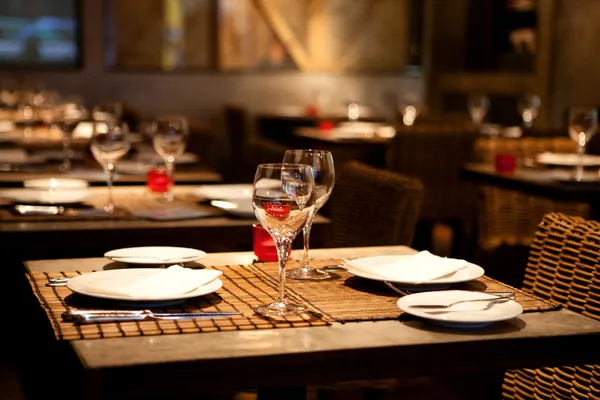
More travelers are seeking restaurants that prioritize environmental sustainability through their menu choices and sourcing practices. These establishments focus on locally grown ingredients, minimal food waste, and carbon-neutral operations, though the experience goes beyond just eco-friendly messaging.
You might find yourself dining at a rooftop restaurant that grows its own herbs or enjoying a tasting menu crafted entirely from rescued food ingredients. It’s dining with a conscience—where every bite supports both your taste buds and the planet’s future.
Underground supper clubs
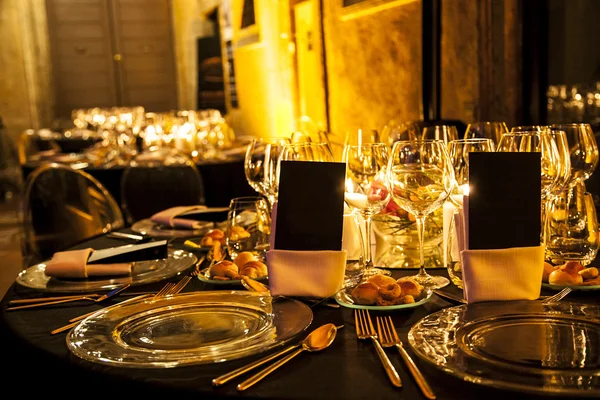
Secret dining experiences in private homes and hidden locations are attracting adventurous food lovers worldwide. These intimate gatherings often feature talented amateur chefs or professional cooks experimenting with creative concepts outside traditional restaurant constraints, yet the mystery element adds serious appeal.
You’ll discover these events through word-of-mouth, social media, or specialized apps—adding an element of intrigue to your culinary adventure. Picture a dinner party where you don’t know the host, though everyone shares a passion for exceptional food and genuine conversation.
Food waste dining experiences
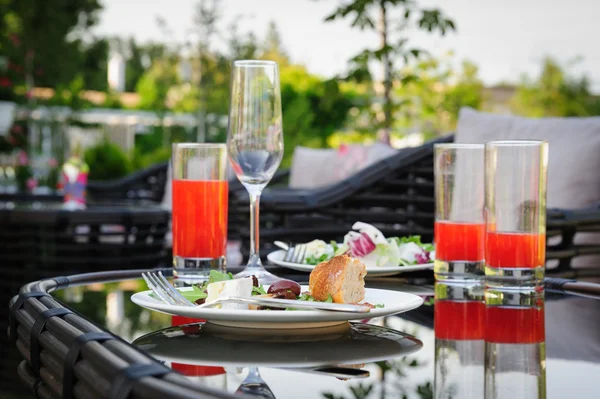
Restaurants dedicated to transforming food waste into gourmet meals are gaining traction among environmentally conscious travelers. These establishments source ingredients that would otherwise end up in landfills—think imperfect vegetables, day-old bread, or surplus restaurant inventory, while chefs work magic with these ‘rejected’ ingredients.
The result creates surprising and delicious dishes that challenge preconceptions about food waste entirely. It’s like watching a culinary magician turn trash into treasure while you play a part in reducing global food waste.
Like Travel Pug’s content? Follow us on MSN.
Virtual reality dining

Technology is transforming how we experience food—with VR dining experiences transporting you to different environments while you eat. You might find yourself dining underwater while eating seafood, or enjoying a meal in a virtual rainforest while sampling tropical ingredients.
These multisensory experiences engage all your senses, creating memories that go far beyond taste alone while your surroundings can completely transform how food tastes and feels. It’s dining meets science fiction in the most delicious way possible.
Foraging expeditions
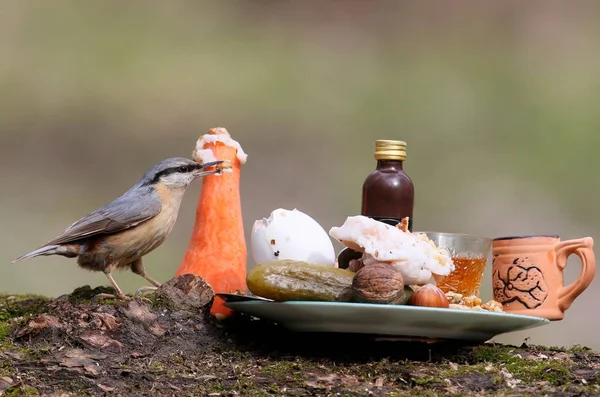
Guided foraging tours are connecting travelers with wild, edible ingredients in their natural habitats, though safety remains the top priority. Expert guides teach you to identify safe mushrooms, edible flowers, wild herbs, and seasonal fruits while exploring forests, beaches, or urban areas—then you’ll conclude with a meal prepared using your foraged finds.
This creates a direct connection between nature and plate that’s hard to replicate elsewhere. Think of it as a treasure hunt where the prize is a delicious meal you helped gather from the wild.
Street cart incubators
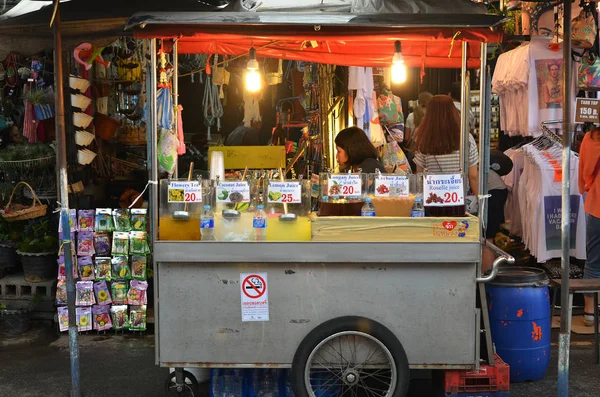
Food truck and street cart scenes have become launching pads for innovative culinary concepts—attracting food tourists seeking the next big thing. These mobile eateries often serve as testing grounds for experimental dishes and fusion cuisines before chefs open brick-and-mortar locations, yet the creativity level can surpass established restaurants.
Travelers are deliberately seeking out food truck festivals and street food markets to discover emerging flavors while supporting budding culinary entrepreneurs. It’s like being a talent scout for the food world, discovering tomorrow’s celebrity chefs today.
Like Travel Pug’s content? Follow us on MSN.
Ancestral cooking classes
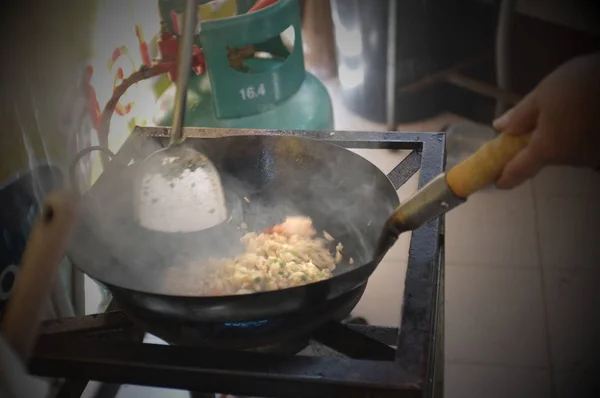
Learning traditional cooking methods from indigenous communities and local elders has become a meaningful way to connect with cultural heritage. These classes often take place in family homes, community centers, or cultural institutions where recipes have been passed down through generations—though modern adaptations sometimes become necessary.
You’ll use traditional tools and techniques that predate modern kitchen equipment while gaining insight into how our ancestors prepared and preserved food. It’s culinary time travel where every recipe tells a story of survival, celebration, and community.
Midnight food markets
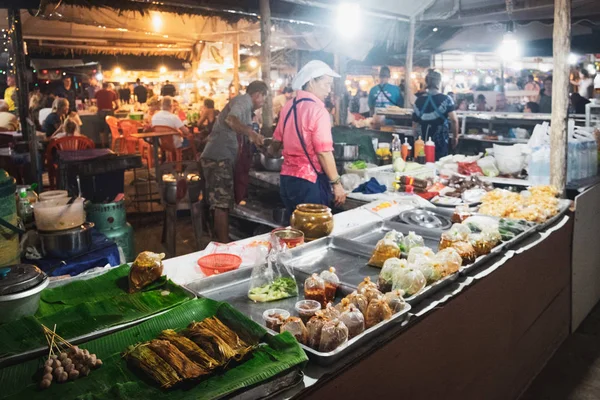
Late-night food markets are emerging as vibrant cultural experiences that showcase a destination’s after-dark culinary scene—though they’re definitely not for early sleepers. These markets often feature different vendors than daytime markets, catering to night shift workers, party-goers, and adventurous travelers who crave unique experiences.
You’ll discover unique late-night specialties while experiencing the energy of cities that never sleep through their food culture. Picture a nocturnal food festival where the best dishes come alive when the sun goes down.
Zero-mile restaurants
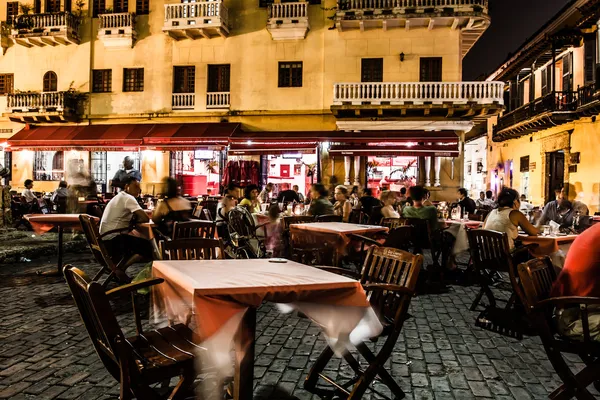
Establishments that grow, raise, or produce everything they serve on-site are attracting travelers interested in hyper-local dining. These restaurants might have their own gardens, livestock, fermentation labs, and even grain mills, creating completely self-contained food ecosystems.
You’ll taste ingredients at peak freshness while learning about sustainable food production methods. It’s like dining at the source, where ‘farm-to-table’ takes on an entirely new meaning because the farm is literally outside the kitchen door.
Like Travel Pug’s content? Follow us on MSN.
Culinary archaeology tours
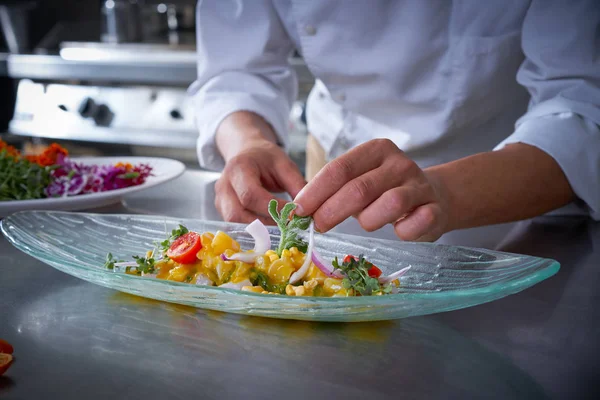
Food historians are leading tours that explore ancient recipes, cooking methods, and food culture through archaeological sites and historical recreations. These experiences combine historical education with hands-on cooking, allowing you to taste dishes as they might have been prepared centuries or millennia ago.
You’ll use period-appropriate ingredients and techniques while learning how food shaped civilizations. Think of it as edible history lessons where you literally get a taste of the past.
Seasonal nomad dining

Restaurants and pop-up dining experiences that move with seasonal ingredient availability are creating unique travel opportunities for food lovers. These nomadic establishments might operate in different locations throughout the year, following harvest seasons or seasonal food traditions.
Travelers plan trips around these temporary dining opportunities, creating food-focused itineraries that align with nature’s calendar. It’s like following your favorite band on tour, except the star performers are seasonal ingredients at their absolute peak.
Micro-dosing flavor experiences

Concentrated tasting experiences that focus on tiny portions of intensely flavored or rare ingredients are becoming popular among serious food enthusiasts. These might include tastings of expensive ingredients like truffles, caviar, or aged cheeses presented in small but perfectly prepared portions.
The focus is on quality over quantity, allowing you to experience premium ingredients without the hefty price tag of a full meal. Picture wine tasting, but for rare and exotic foods that most people never get to try.
Like Travel Pug’s content? Follow us on MSN.
Community kitchen collaborations
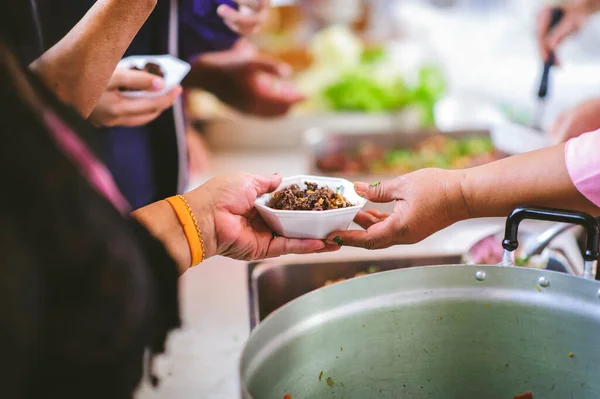
Travelers are participating in community cooking projects where locals and visitors collaborate to prepare meals for their neighborhoods. These initiatives often take place in community centers, churches, or public spaces, fostering cultural exchange through shared cooking experiences.
You’ll learn local recipes while contributing to community welfare, creating meaningful connections that go beyond typical tourist interactions. It’s voluntourism through food, where helping others becomes a delicious cultural exchange.
The evolution continues
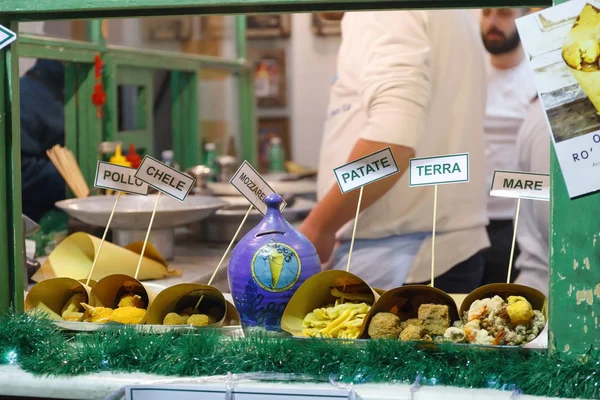
These emerging foodie travel trends reflect our growing desire to connect more deeply with the places we visit and the people who call them home. What started as simple restaurant recommendations has evolved into immersive experiences that engage all our senses while supporting local communities and sustainable practices.
The future of food tourism promises even more innovative ways to explore cultures through cuisine, with technology and environmental consciousness driving new possibilities. As travelers become more adventurous and socially conscious, these trends will continue shaping how we discover the world one bite at a time.
More from Travel Pug

- 20 Best Beach Towns in the Carolinas
- 13 Destinations Where Tourists Regularly Regret Their Trip
- 20 Things You Actually Get in First Class
- 20 Small Airports With Aviation Museums
- 20 Places in the U.S. That Are Perfect for a Reset Trip
Like Travel Pug’s content? Follow us on MSN.
